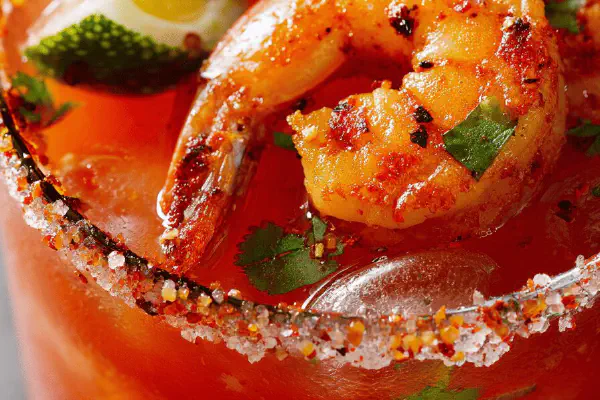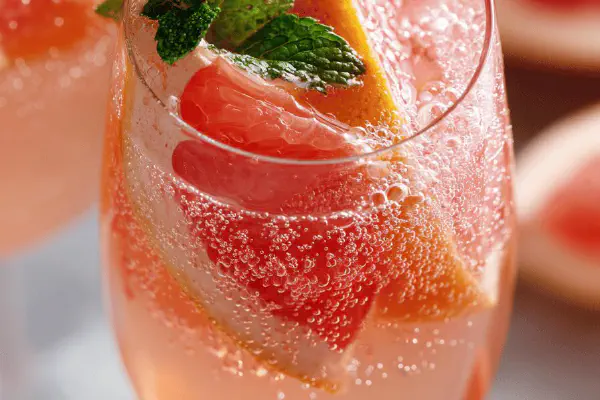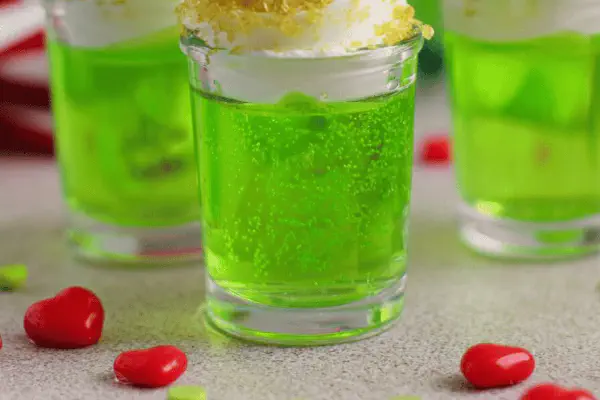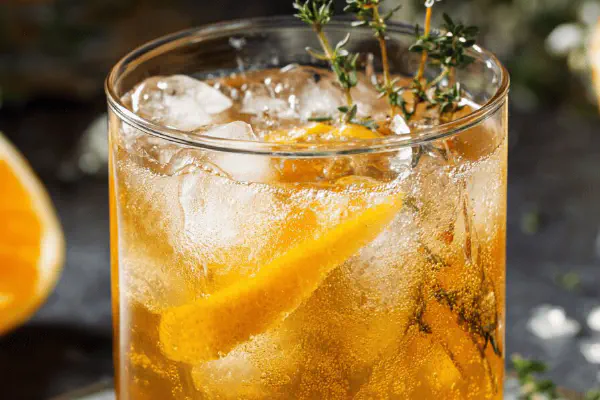Frozen Sangria Slush
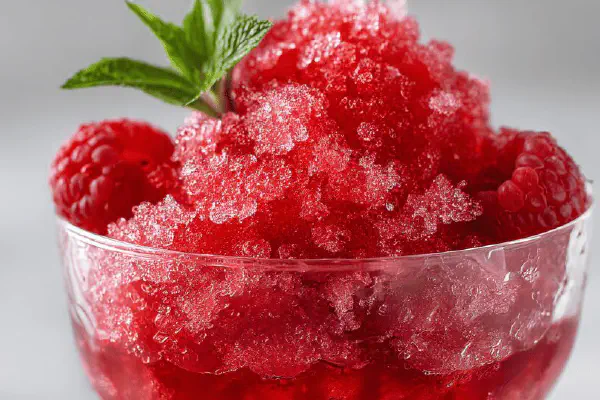
By Emma
Certified Culinary Professional
Ingredients
- 100 g (3/4 cup) frozen raspberries
- 90 ml (3/8 cup) prosecco
- 20 ml (1 1/3 tbsp) maple syrup
About the ingredients
Method
- Start with frozen raspberries straight from the freezer; no thawing needed or texture suffers later.
- Pour prosecco over berries in machine bowl; the carbonation brings freshness and lightness compared to flat wine.
- Add maple syrup—thicker than cane sugar but lends caramel undertones. Adjust little by little; sweet enough means barely syrupy, not cloying.
- Pulse machine in short bursts. Avoid over-blending or it turns watery not slushy. You want tiny frozen crystals but not liquid mush.
- Listen for the machine slowing and the frosty cloud forming inside bowl; visually check texture stops shifting into juice.
- Serve ASAP. Slush melts fast; you want icy grit on tongue, not melted syrupy mess.
Cooking tips
Chef's notes
- 💡 Blast frozen raspberries straight from freezer. No thawing or mushy disaster later. Ice crystals crucial for grit, sloppy juice kills texture. Pulse in short bursts to protect structure; rhythm shift from chunks to slush signals progress. Frost buildup on bowl glass means stop blending — slippery slope to watery mess. Slowly add maple syrup; thick but carries deeper caramel notes. Too much hides the fruit punch, too little leaves flat edges. Use small increments, test taste often.
- 💡 Prosecco bubbles keep the mix light and fresh. Don’t use flat wine — fizz wakes palate, cuts sweetness in maple. If no prosecco, frozen sparkling water works but removes flavor complexity. Blend with frozen liquid right away, no waits. Blender works if quick pulses; ice melts fast though. Watch sound shifts — metallic clacks turn to soft hiss means machine strain rising, texture changing. Avoid over-purging or liquid sludge develops. Texture > perfect measurements.
- 💡 If no machine, blender pulse-blend-pause scraping sides often. Rapid blending heats mixture, melts ice crystals. Overdo it and gritty frozen crunch turns syrupy liquid disappointment. Slush timing key; frosty glaze on bowl wall signals ready state. Serve immediately or freeze glasses to slow melt. Straws block raspberry seeds, better skipped or use wide straw. Big frozen chunks spoil mouthfeel. Sieving difficult but helps if hate seeds. Seeds add rustic chew but not for everyone.
- 💡 Maple syrup subbing cane syrup adds earth and caramel complexity not just sweetness. Can swap agave or honey but flavor shifts—agave sweeter, honey floral. Adjust slowly. Syrup quantity flexible, depends on fruit sweetness, maple strength, and personal taste. Frozen raspberries lower sugar than strawberries — adjust sweetener accordingly. More syrup masks crispness, less syrup loses balance. Add little by little, taste pulse by pulse. Rough rough texture; sugar coats fruit, not syrupy finish.
- 💡 Watch for machine sounds — rattling chunks soften to gentle whirl. Texture softens but still icy grit felt on tongue — that’s endpoint. One second longer blends into watery disappointment fast. Don’t overthink or try making smooth. I’ve seen many slush ruined by overblend syndrome. Keep timing tight. Serve ASAP; slush melts fast, syrup separates if left. Stir briefly before serving if layers separate. Freeze serving glasses if needed to prolong chill. Cold glass slows meltdown, no ice cubes necessary.
Common questions
How to avoid watery slush?
Stop blending as soon as frost appears on bowl walls. Pulse short bursts only. Overblend turns icy crystals into liquid mush. Watch sound changes. No thawing berries. Serve fast.
Can I substitute prosecco?
Use sparkling water for bubbles but lacks flavor punch. Rosé wine loses fizz, texture dulls. If necessary, freeze liquid before blending, but fizz lessens. Alternatives shift outcome, adjust blending time.
What to do with seeds?
Seeds add texture, rustic chew. To avoid, quickly sieve after blending but loses some bulk. Wide straws help bypass. Many don’t mind seed crunch; balance personal preference budget time.
Storage options?
Slush best fresh; melting ruins texture quickly. Store covered in freezer for short term but ice crystals clump. No refrigeration; melts too fast. Freeze glasses to slow melt on serving. Stir before drinking if separation happens.
